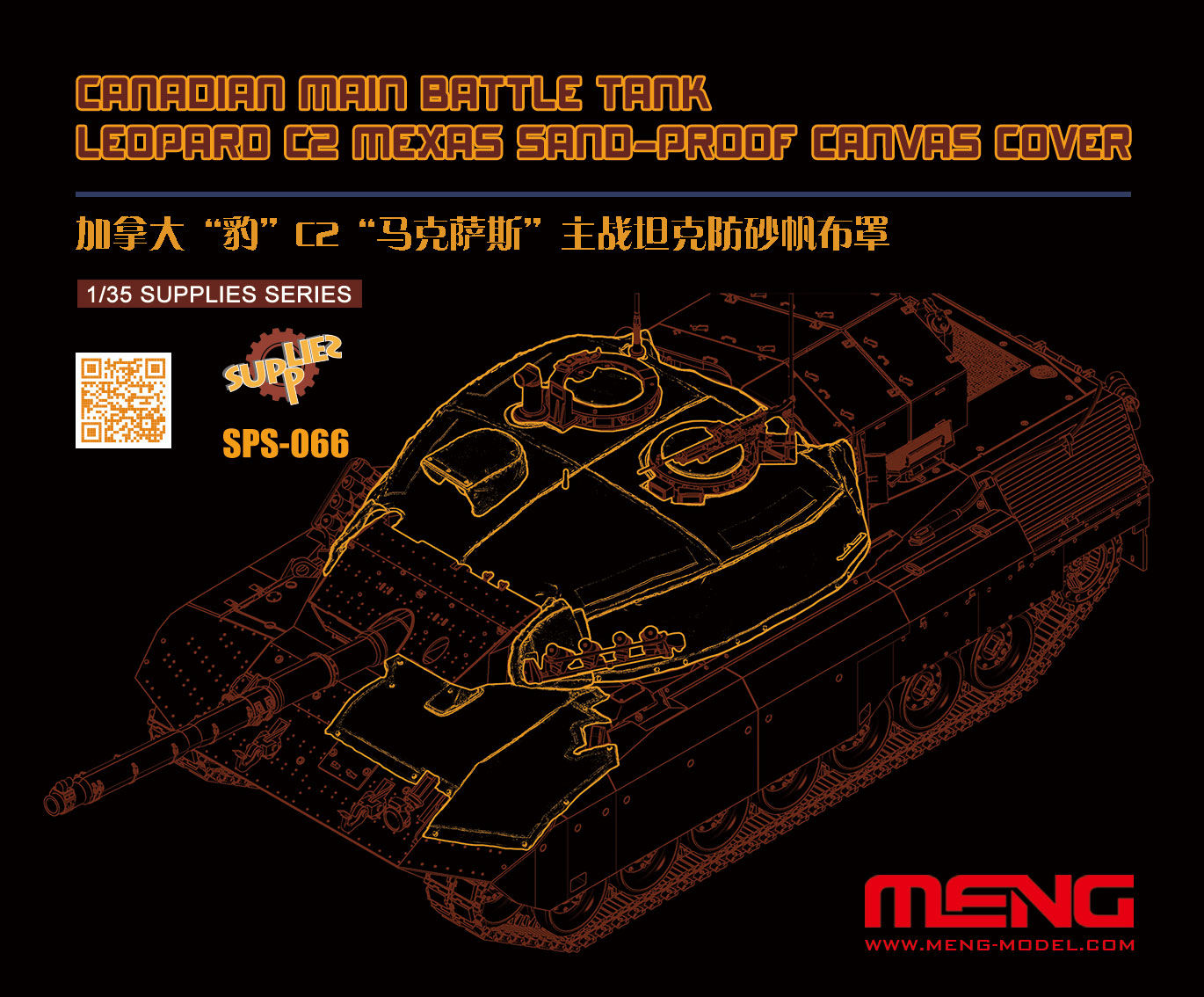


“For example, we are seeing increased threats from climate change, increased threats from a cybersecurity standpoint.

“The threats have changed since 2017, when we put our defence policy into place,” she said. She said the efforts to replace donations and to buy new equipment for Canadian troops are being guided by Canada’s 2017 defence policy, which is currently under review. While she stressed that the Latvian deployment is not a donation, Anand acknowledged Friday that Canada’s efforts to support Ukraine continue to put a strain on the Armed Forces’ resources. That is on top of donations from the Canadian Armed Forces inventory of dozens of air defence missiles eight Leopard 2 tanks and ammunition an armoured recovery vehicle four M777 howitzers and 33,000 rounds of associated ammunition 100 Carl Gustaf M2 rifles plus accessories 4,200 rocket launchers and 1,800 rounds of tank training ammunition. Last week, Prime Minister Justin Trudeau visited Kyiv and announced another $500 million in military aid, along with donations of 288 AIM-7 missiles and 10,000 rounds of ammunition. Under a separate program announced last month, Canadian troops in Latvia are now providing junior officer leadership development training for the Armed Forces of Ukraine as part of ongoing support for the country. Canada aims to buy and deploy anti-tank weapons, counter-drone and air defence systems, ammunition and explosives for the effort as part of its commitment, but with the Armed Forces facing a severe personnel shortage, it remains unclear how many additional troops it can commit.


 0 kommentar(er)
0 kommentar(er)
